

Services
Structured Literacy
We now know that roughly 95% of all students can learn to read through the structured literacy approach. Reading is a learned process and requires instruction which is explicit, multi-sensory, and systematic in both delivery and implementation. Miss Holly is trained in science of reading practices and as a licensed special educator, continues to obtain professional development aligned with the needs of her students. Each student will be administered a CORE literacy assessment to determine which remedial skills will be targeted. Data collection and individualized progress notes will assist families in navigating their child’s journey in becoming a confident and successful reader.
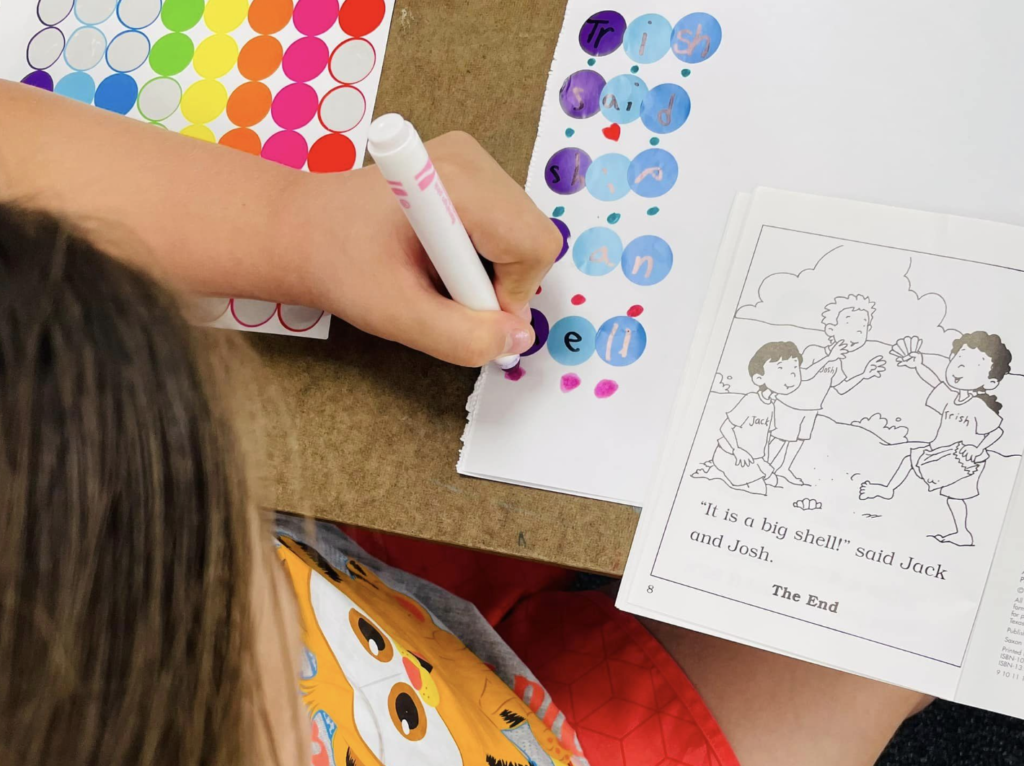
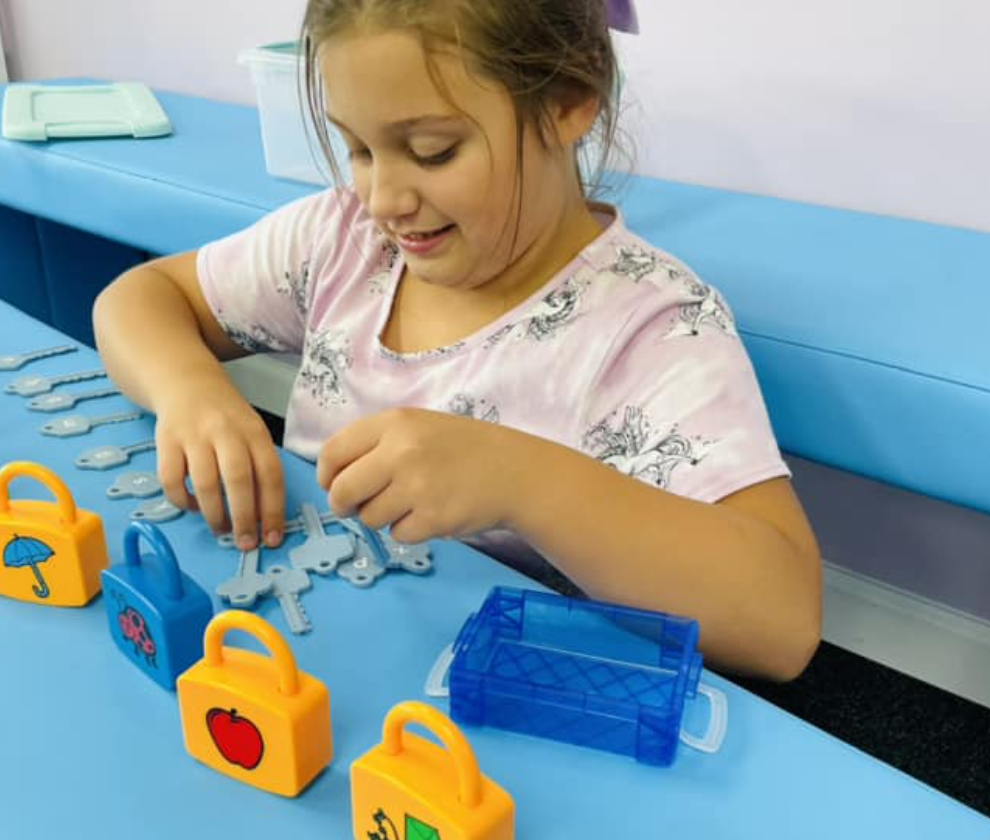
Play-Based Learning
It can take 400 repetitions to create a new synapse in the brain, unless it is done with play, in which case it takes only 10-20 repetitions. Endless worksheets do not engage the mind and can often hinder a child’s ability to build working memory and processing speed skills. Pairing games, movement-based activities, and silly songs with learning objectives is my passion! My goal is to ensure children can’t wait to walk through our doors and leave feeling happy, confident, and eager to transfer new skills across various settings.
Sensory Stories
My primary goal as a classroom teacher was to read as much as possible to my students. Reading to children displays so many natural components needed to be a good reader. We can conduct picture walks, demonstrate book orientation and print awareness, and even demonstrate appropriate tone, prosody, and inflection while reading. Sensory stories convey short narratives using a mixture of text and complimentary sensory experiences.
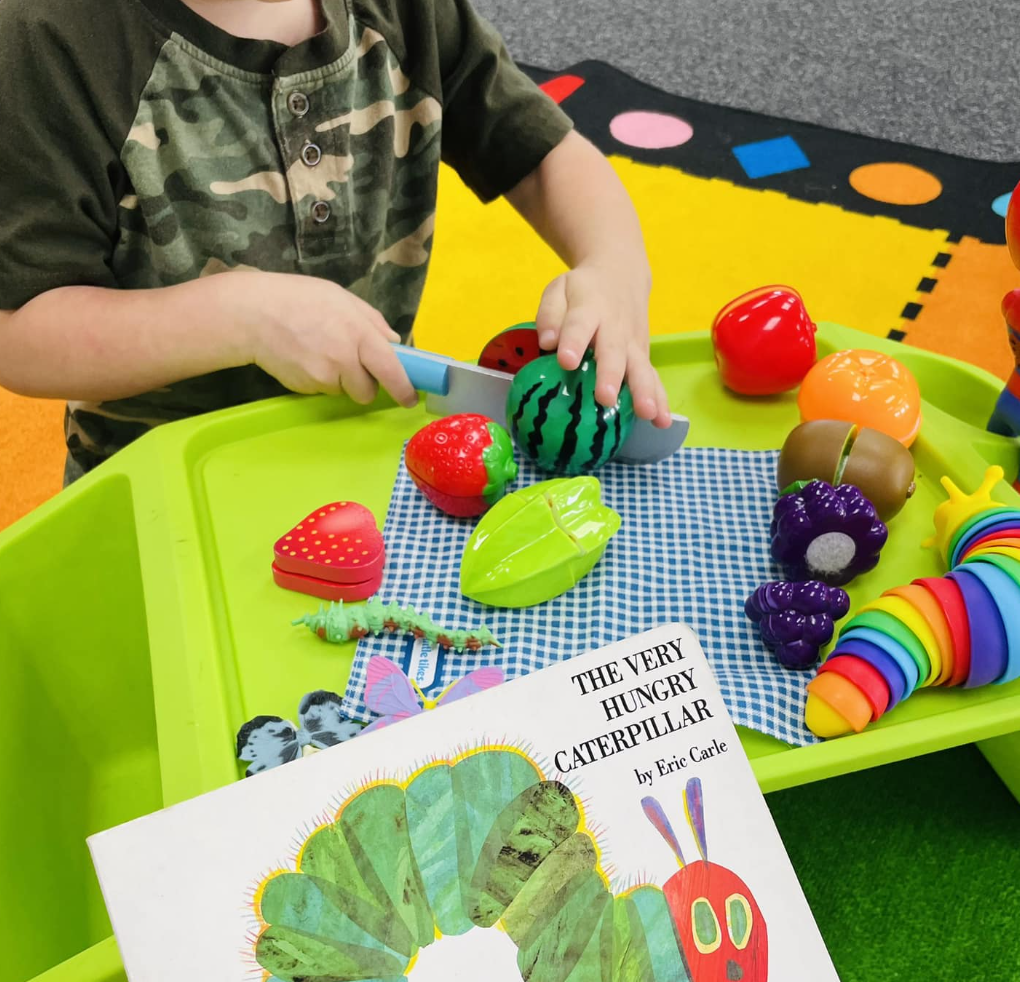
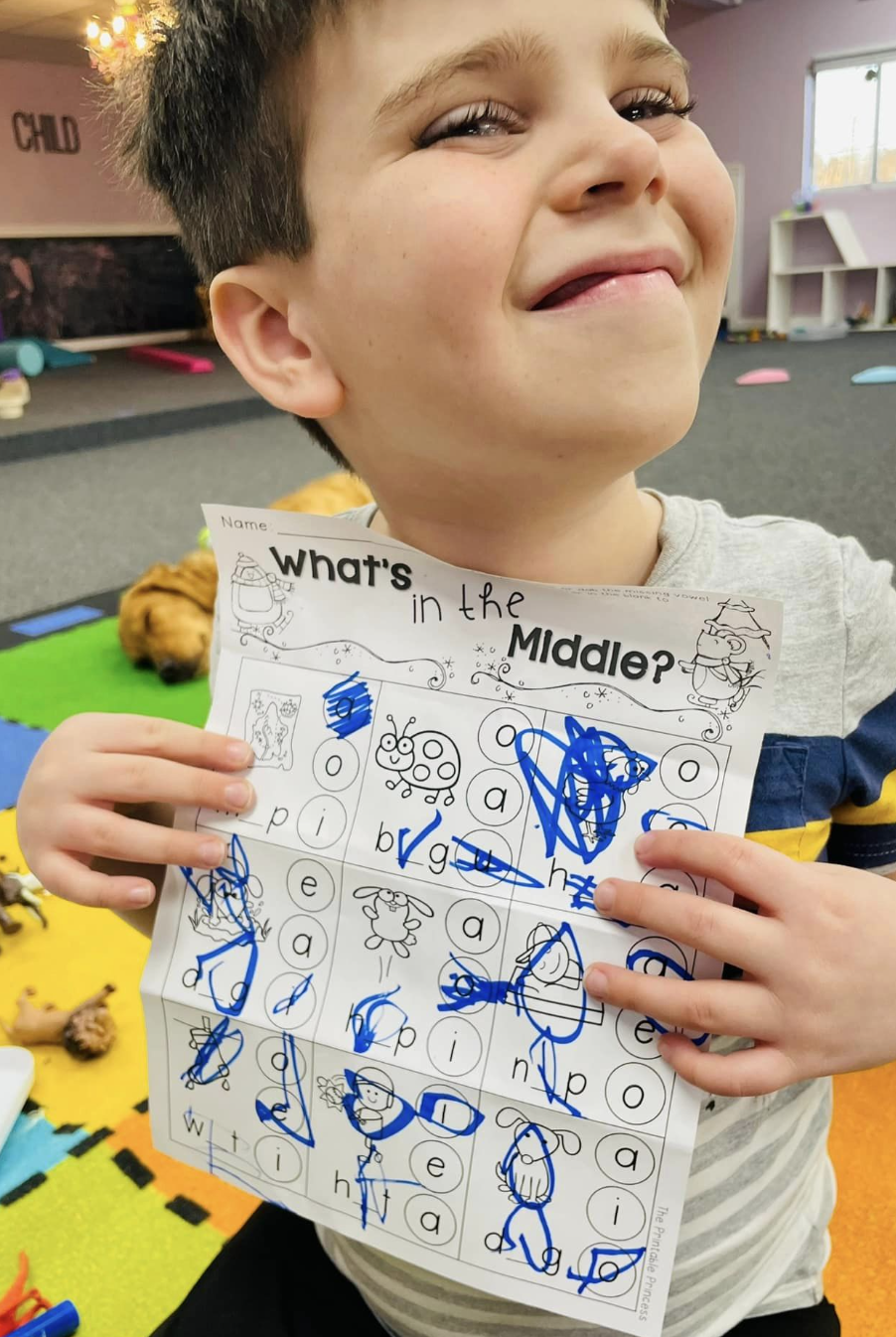
Child’s Choice Writing
Writing. Let’s be honest…most children dread it. Child’s Choice Writing is just that; it’s the power of choice. Research shows that providing a child with a choice can greatly impact their intrinsic motivation regarding engagement. “Would you like to write with a crayon rock or a shuttle pen today?” “Would you like to practice your sight words on neon paper or a white board?” Our goal is to get your child excited about writing! Options like these will allow your child to take ownership of their abilities and promote success.
Fine Motor Fun
Developing fine motor skills is an essential component when assessing a child’s ability to gain access to multiple areas of academic and functional tasks. Pencil grasp development can be addressed using a wiffle ball, play-doh, and even a binder clip. There are countless games and opportunities to promote fine motor skills and it’s not unusual to see us playing Operation, Yetti in my Spaghetti, or Noodle Knockout! Play-based doesn’t equal non-academic; this is evident in the creative approach we use when intertwining related services within academics.
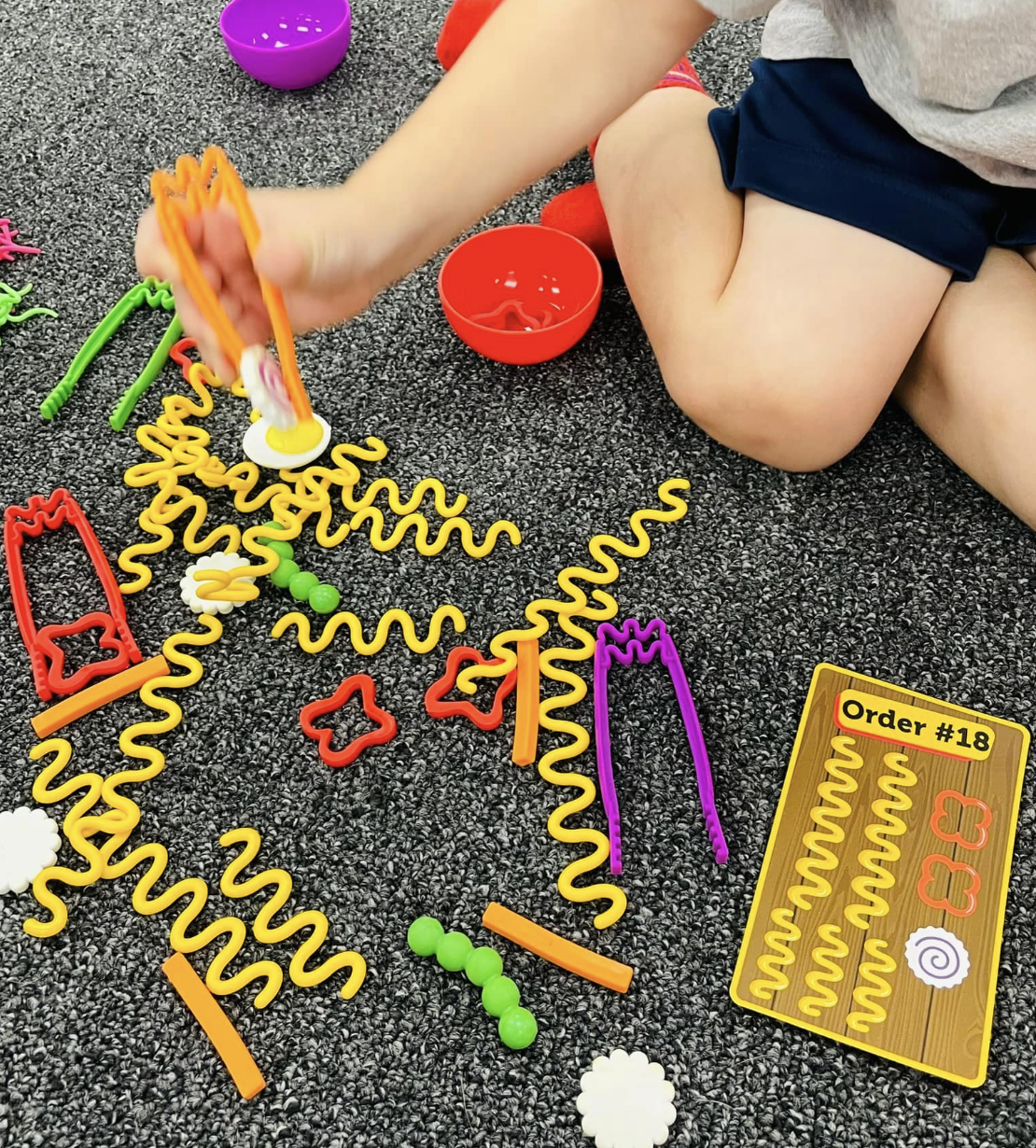
Intentional and purposeful lessons include one or more of the following areas
- Communication
- Articulation
- Language Development
- Receptive/ Expressive Language
- Executive Functioning
- Visual Motor Integration
- Visual Discrimination
- Bilateral Coordination
- Sensory Support
- Fine and Gross Motor Skills
- Self Advocacy
- Self Determination



